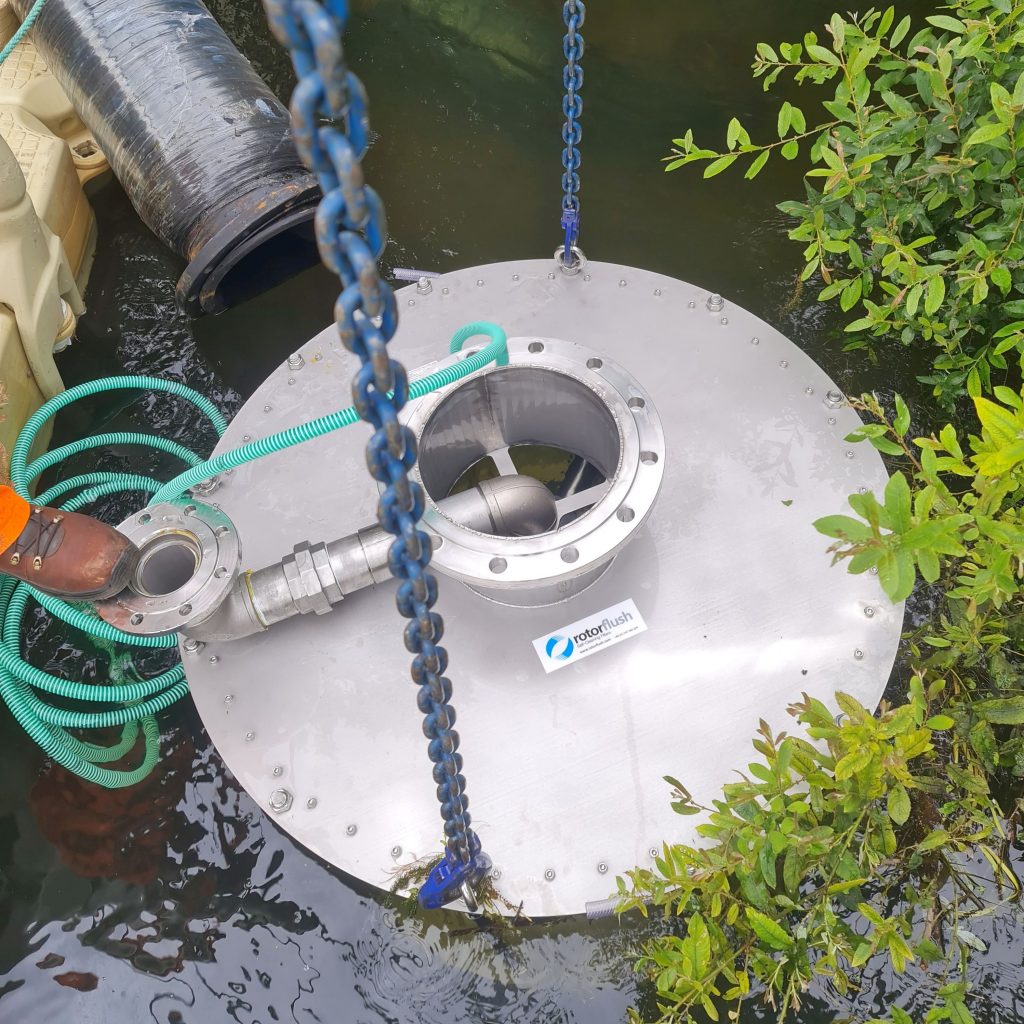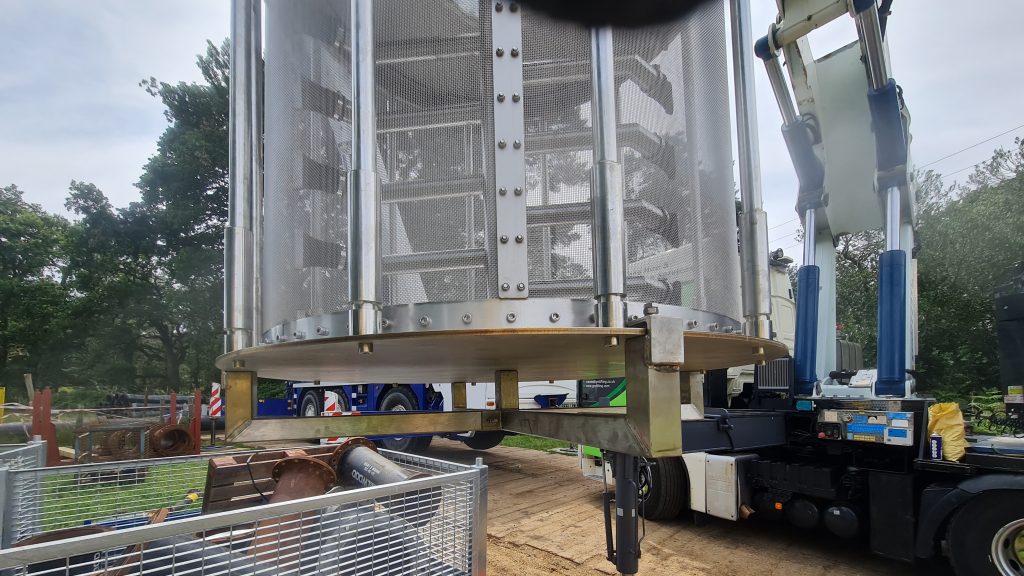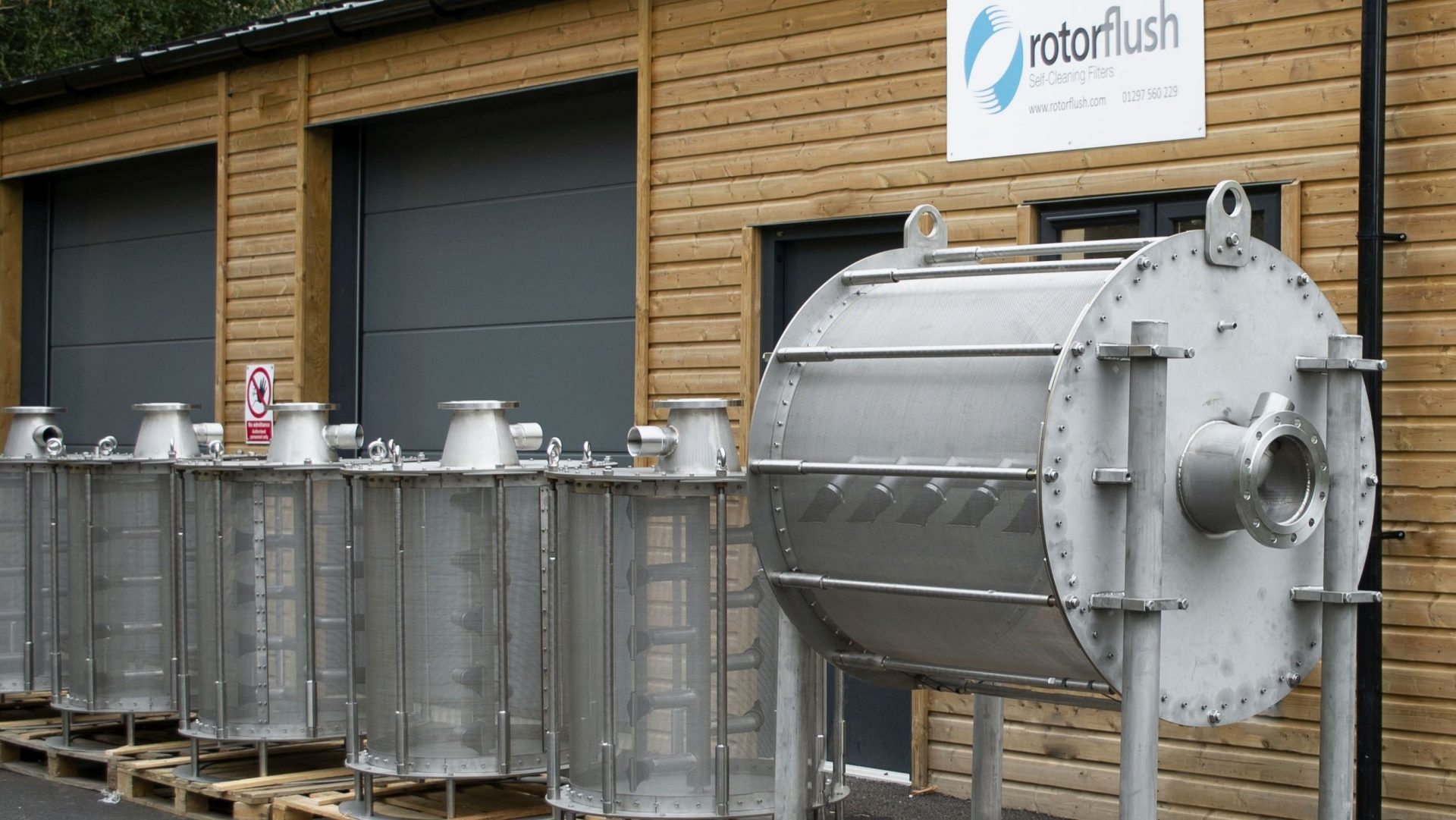Today’s Water Management professionals are faced with a superfluity of legislation and regulatory duties. For example, the water industry strategic environmental requirements (WISER) set out overarching aims that the Environment Agency and Natural England are expected to achieve, all of which have far-reaching impacts on the business of water management.
To take one example, the Eel Regulations 2009, require the protection of eels at water intakes and the provision for eel passages where water ways are obstructed. Meeting these requirements can be costly and present new challenges when abstracting raw water.
Every so often, a common problem can be solved using a simple yet innovative approach, either by luck or design and often metres / second a bit of both.
The Eel regulations require a maximum screen aperture of 2 mm when drawing water in order to protect glass eels and elvers. Preventing 2 mm mesh from blocking while screening 1000’s of cubic metres of water a day is one such challenge.
A few years before the regulations were drawn up, Rotorflush Filters had already developed an innovative and reliable self-cleaning suction intake screen. The screens are cylindrical and designed to attach onto the suction pipe of pumps, like basket filters. They allow dirty water to be pumped without blocking the screen intake, the pump or any attached equipment such as irrigator nozzles. The screens are water powered, the design is simple and can be scaled to meet flow rates up to 200 litres / second or more.
The self-cleaning intake makes possible the use of suction side 2 mm aperture screens when pumping raw water. Without the self-cleaning mechanism the 2 mm screens would rapidly clog with weed and other water borne particulate.
Another challenge is that the Eels regulations stipulate intake velocities for screens. The intake velocity for a particular installation of an eel screen is decided by the Environment Agency and is a condition of a water abstraction licence. Typically, the intake velocity of eel screens for the protection of glass eels and elvers is 0.1 metres / second, although this can vary.

South West Water have bought and successfully trialled 3 self-cleaning intake screens in the River Avon at Matchams. They required an intake velocity of 0.15 metres / second through bespoke self-cleaning eel screens. The screens remained clear while each delivered 750 litres / second through 2mm mesh.
The design of Rotorflush self-cleaning intakes serendipitously lends itself to meeting low intake velocities. The self-cleaning mechanism in these screens works on a simple principle. The screen intake is high volume, low, velocity. The backwash that keeps the mesh clear is low volume, somewhat higher velocity. Any debris, particulate or junior eels are gently pushed away from the mesh before they get a chance to adhere.
Construction projects on waterways requiring the removal or movement of water generally have to comply with Eel regulations. The Environment Agency is making good use of Rotorflush self-cleaning eel screens on such sites where it is impractical to net the waterway. The screens allow water to be pumped and screened without blinding and protect wildlife by keeping the intake velocity at 0.1 metres / second or less.
An intake velocity 0.1 metres / second is a very low for any pump. The only way to lower the pump intake velocity for a given flow rate is to increase its open area. Increasing the open area of an intake screen increases its size. The available depth and space for installation for screening must be considered.
For example, a cylindrical screen fitted with 2 mm aperture perforated mesh has approximately 33% open area. To ensure an intake velocity of 0.1 metres / second when pumping 100 litres / second, the screen would need to be 70 cm in diameter and 70 cm high. Woven stainless-steel mesh has a greater open area – approx. 60 %, but needs to be supported, so allowing for a supporting cage open area could be as high as 45% – reducing the screen size to 60 cm x 60 cm.

The completely submerged cylindrical Rotorflush screens take up less space for the same open area than travelling screens. To keep their self-cleaning eel screens as compact as possible while meeting Eels regulations, Rotorflush Filters Limited have introduced another innovation. The 2 mm mesh is tensioned to form the body of the screen, this maximises the open area of 2 mm mesh to as much as 60%. For 100 litres / second the screen is reduced to around 50 x 50 cm.
Water companies have already invested significantly in addressing the requirements of the Eels Regulations and will continue to do so.
By adopting innovative approaches, the environmental impact of meeting Eels Regulations can be reduced while providing efficient low maintenance eel screening.



